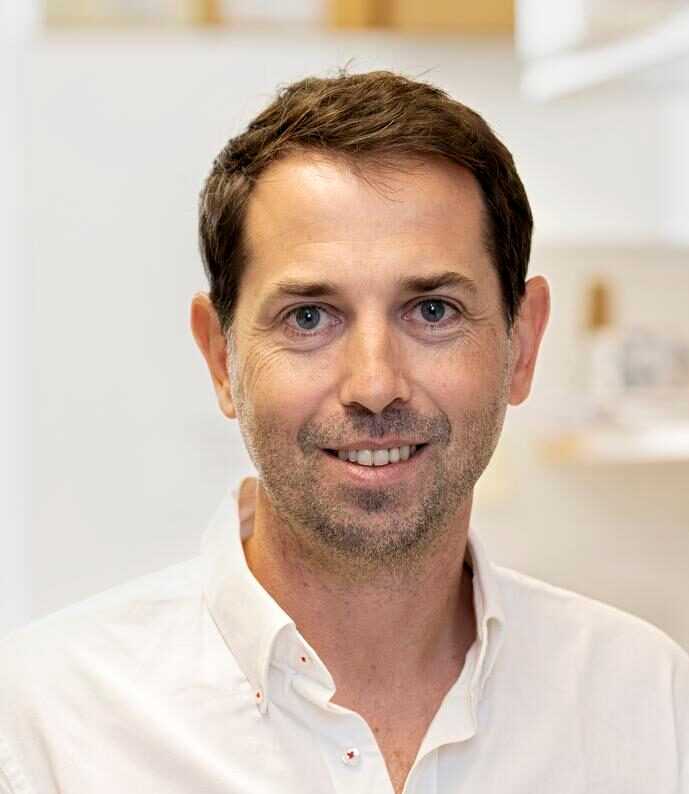JOAN CAMUÑAS-SOLER

Physiological profiling of excitable cell types using spatially-resolved patch-seq microscopy.
Erling-Perssons stiftelse
The identity of any cell in the human body is determined by the proteins it produces. The instructions for making proteins are inscribed in the genes of the DNA in the cell nucleus.
A molecular machinery reads and transcribes the genes into a messenger molecules, also known as gene transcripts, that carries the information out of the cell nucleus to sites for protein production. The total amount of gene transcripts produced in the cell at any one point is referred to as the trancriptome. The transcriptome can change over time depending on the developmental state of the cell and the signals it receives from its environment.
This project headed by Joan Camuñas-Soler aims is to develop a methodology that allows researchers to link the transcriptome of a specific cell with the function of the cell as well as its physical location in the tissue. To do so, the team will use modern technology that allows them to read the transcriptome of a single cell and couple this with additional functional measurements in the same cell. The team will perform such measurements in cells exposed to different environmental challenges to understand the response of the cells. In this way they aim to first establish a connection between the environment surrounding the cell and the function of the cell. Secondly, they want to identify genetic mechanisms by which cells become dysfunctional in certain human diseases.
As a model system, the team will look closer at pancreatic islets where specialized cells, β-cells and α-cells, are responsible for the regulation of the blood glucose levels. Cells within the pancreatic islets are involved in the development of diseases such as type 1 diabetes. By comparing healthy tissue with tissue from donors with diabetes, Camuñas-Soler and his team hope to uncover some of the underlying mechanisms behind the development of this disease.
Photo: Johan Wingborg
